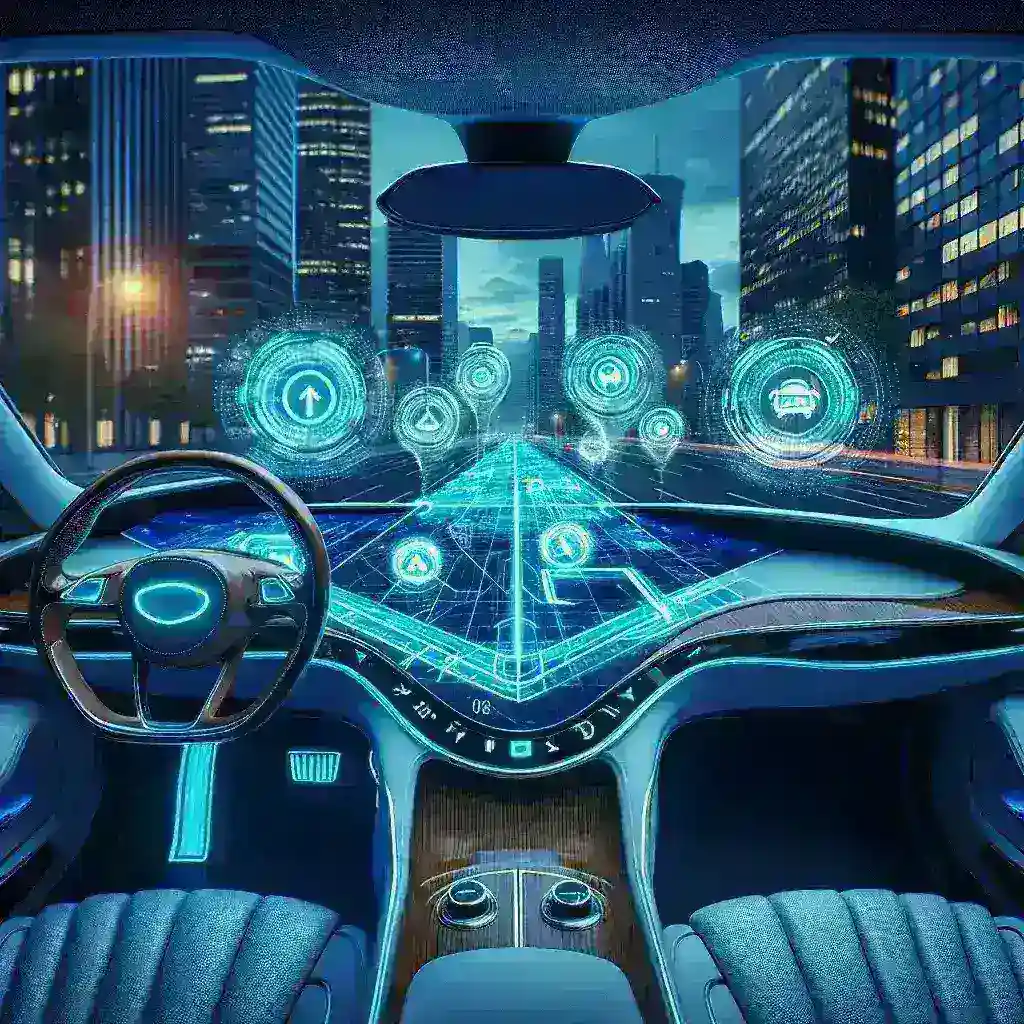The Rise of AR Navigation Systems in Luxury Vehicles
In the evolving landscape of automotive technology, Augmented Reality (AR) navigation systems are emerging as a defining feature in luxury vehicles. Integrating real-time data with the physical world, these systems are revolutionizing the way drivers interact with their environments. As we delve into this revolutionary trend, we will explore the historical context, benefits, challenges, and future predictions regarding AR navigation systems in luxury vehicles.
A Brief History of Navigation Systems
Navigation systems have come a long way since the days of paper maps and compass. The introduction of GPS technology in the 1990s marked a significant leap in navigation capabilities. However, traditional GPS systems often fell short in providing real-time, context-aware information, which is where AR technology steps in. By overlaying digital information onto the driver’s field of vision, AR navigation systems provide a more intuitive and engaging driving experience.
The Evolution of AR Technology
AR technology itself has evolved dramatically over the years. Initially popularized by gaming and smartphone applications, the potential for AR in the automotive sector began to capture attention in the early 2010s. As car manufacturers and tech companies collaborated, AR navigation systems began to materialize, offering features like:
- Real-time traffic updates
- 3D mapping
- Visual cues for navigation
- Hazard detection
How AR Navigation Systems Work
At their core, AR navigation systems utilize a combination of advanced sensors, cameras, and software to interpret the vehicle’s surroundings. Here’s how they generally operate:
1. Data Collection
AR systems gather data from various sources, including GPS, onboard cameras, and sensors that detect the surroundings. This data is crucial for generating accurate navigation information.
2. Digital Overlay
Using sophisticated algorithms, the system overlays navigational cues onto the windshield. For example, arrows may indicate turns, and markers could highlight points of interest.
3. User Interaction
Drivers can interact with the AR system using voice commands or touch controls on their dashboards. This hands-free interaction reduces distractions, allowing for a safer driving experience.
Benefits of AR Navigation Systems
AR navigation systems come with a plethora of benefits that enhance the driving experience:
- Enhanced Safety: By displaying critical information directly in the driver’s line of sight, AR navigation minimizes the need to look away from the road.
- Improved Navigation: With real-time updates and 3D visualizations, drivers can make informed decisions quickly, effectively reducing travel time.
- Increased Engagement: AR navigation systems create an engaging user experience that connects drivers more deeply with their vehicles.
Challenges and Considerations
Despite the numerous advantages, there are challenges associated with the widespread adoption of AR navigation systems:
- Technical Limitations: Current AR systems may struggle with poor visibility conditions, such as heavy rain or fog, affecting their effectiveness.
- Driver Overload: While AR aims to reduce distraction, too much information can overwhelm drivers, defeating its purpose.
- Cost: Implementing AR technology can significantly increase the production costs of luxury vehicles.
Case Studies: Luxury Vehicles Utilizing AR Navigation
Several luxury brands have begun integrating AR navigation systems into their latest models. Here are examples showcasing their implementations:
1. Mercedes-Benz
Mercedes-Benz has incorporated AR navigation in their MBUX (Mercedes-Benz User Experience) systems, offering features such as augmented turn-by-turn directions directly on the windshield.
2. BMW
BMW’s AR navigation systems provide an interactive experience, allowing drivers to see key information displayed on the windshield. This feature enhances situational awareness and navigation accuracy.
3. Audi
Audi has also adopted AR navigation, featuring a head-up display that projects critical navigation data onto the windshield, visually guiding drivers through complex traffic situations.
The Future of AR Navigation Systems
Looking ahead, AR navigation systems are poised to become a standard feature in luxury vehicles. Predictions indicate that:
- Integration with AI: Future iterations will likely incorporate AI to predict driver behavior and provide personalized experiences.
- Wider Adoption: As technology advances and costs decrease, AR navigation will extend beyond luxury vehicles and become commonplace in mid-range models.
- Enhanced Connectivity: AR systems will likely integrate more seamlessly with smartphones and other devices, offering a holistic approach to driving.
Conclusion
As AR navigation systems become standard in luxury vehicle windshields, they herald a new era of driving that prioritizes safety, efficiency, and engagement. While challenges remain, the potential benefits far outweigh the hurdles. As technology continues to evolve, AR navigation is set to redefine our understanding of vehicle navigation, making driving safer and more enjoyable for all.

